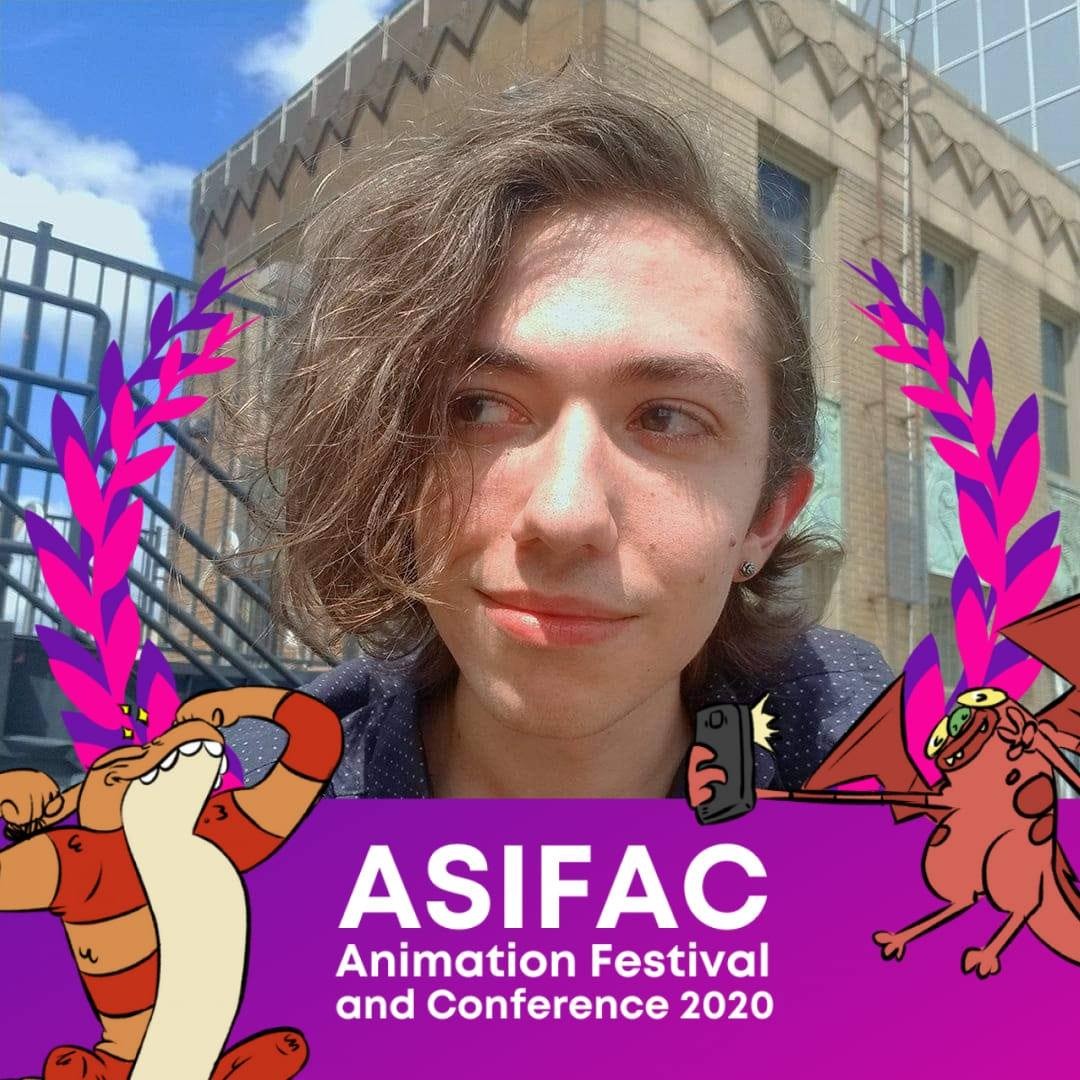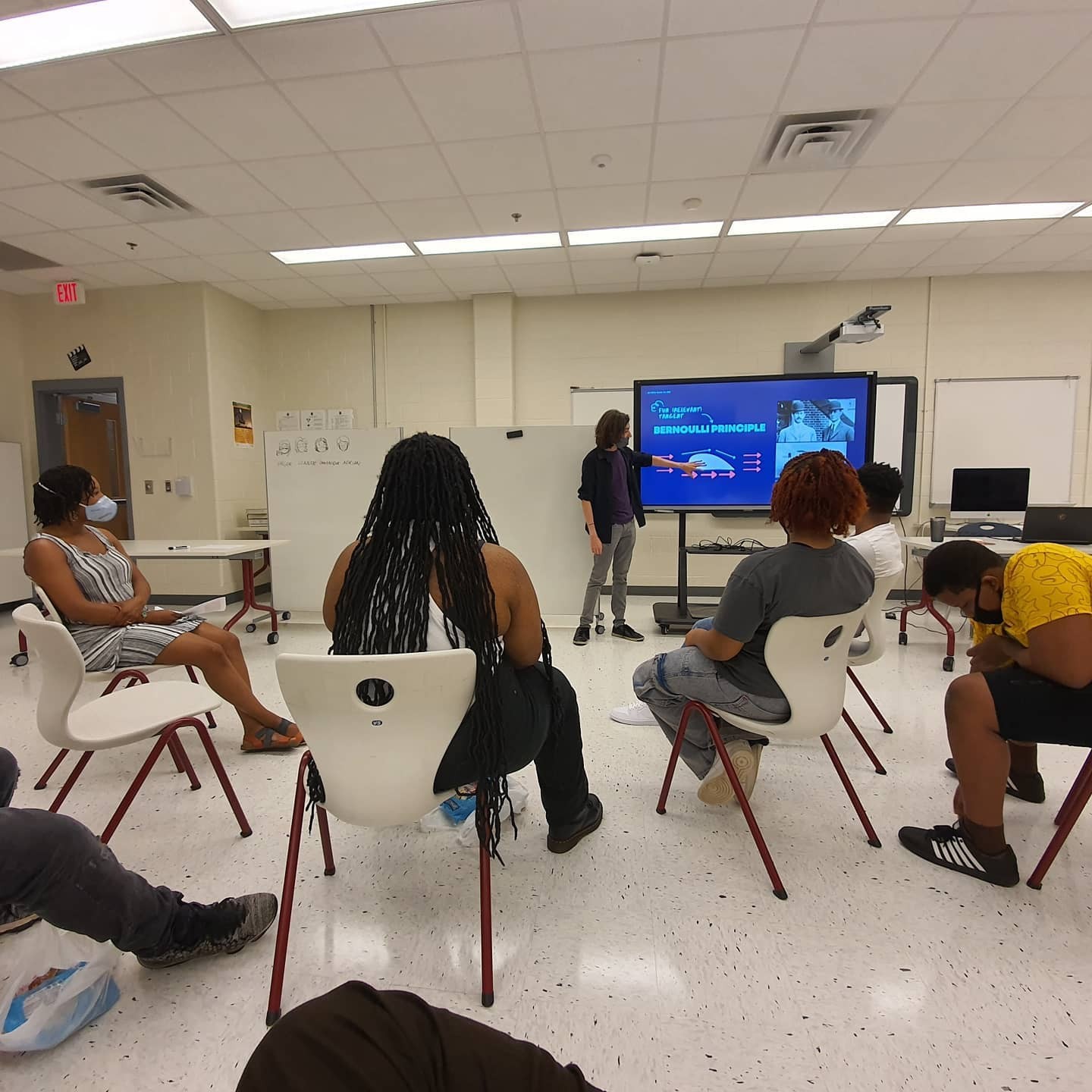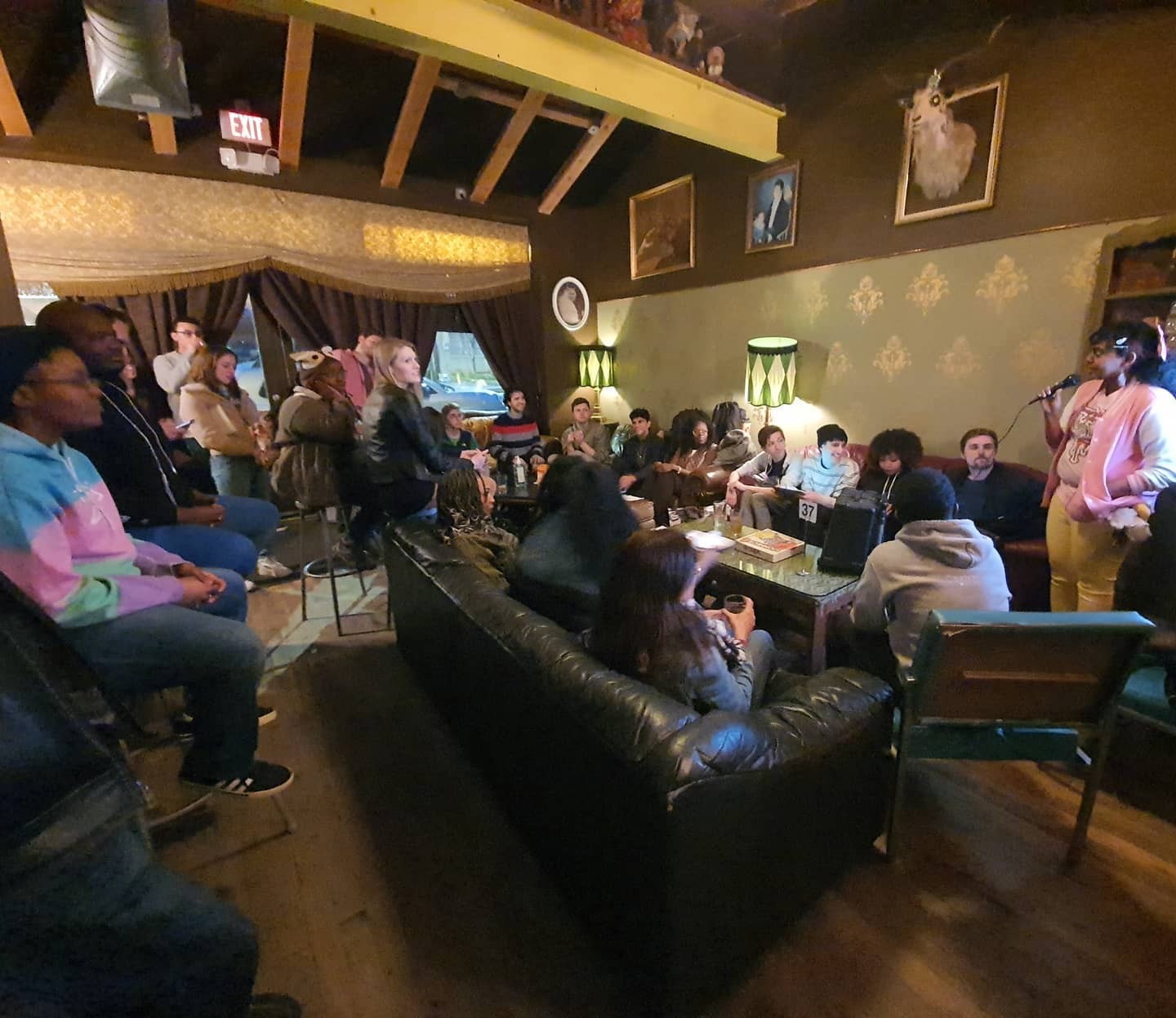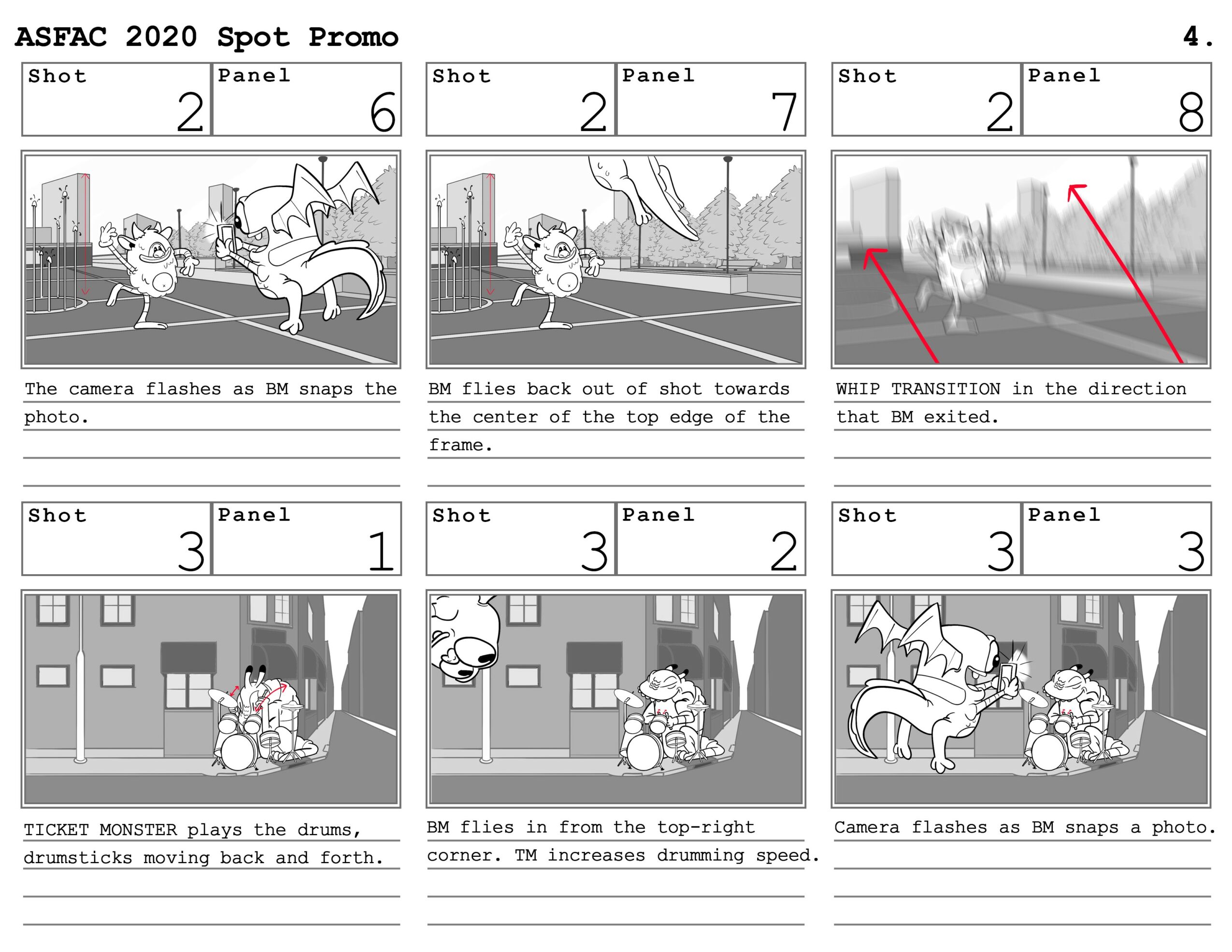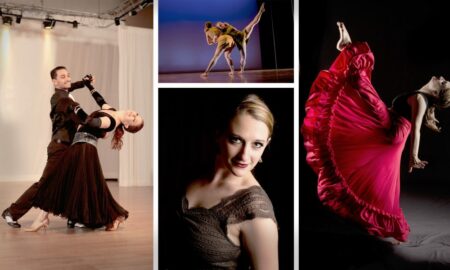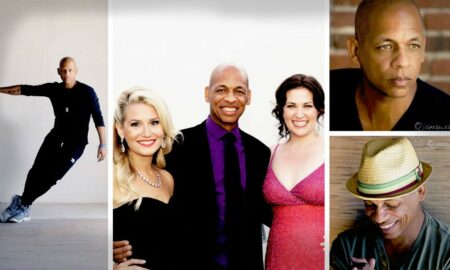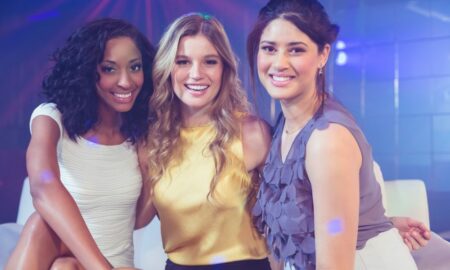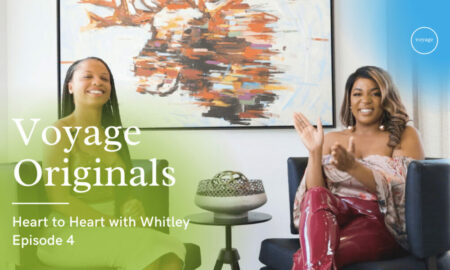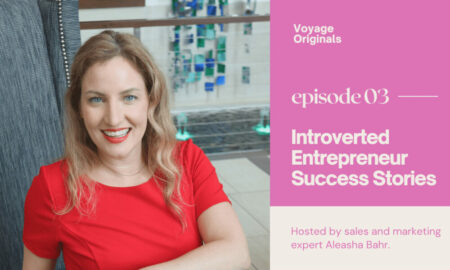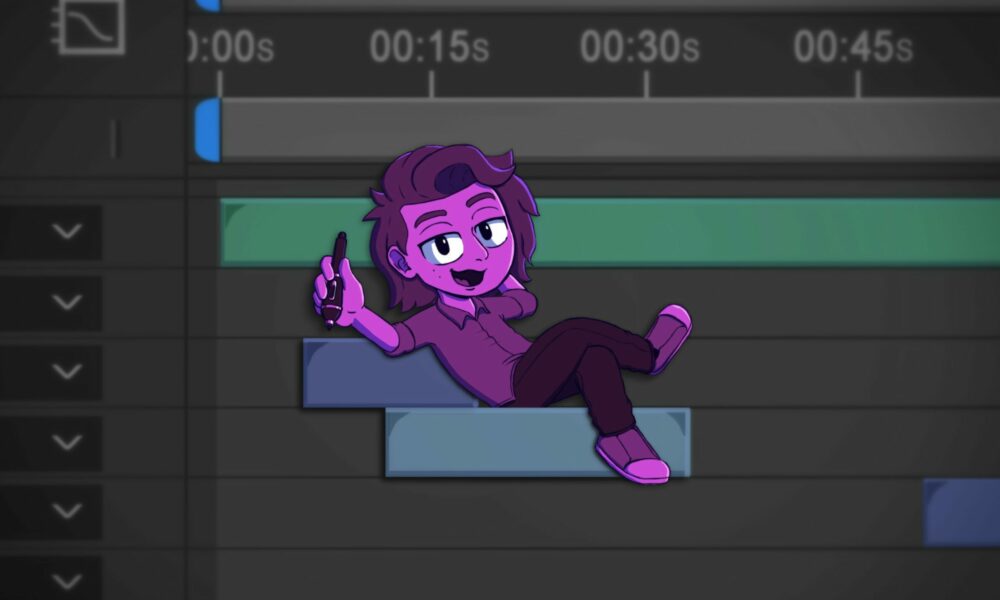

Today we’d like to introduce you to Ezra Kirsch.
Hi Ezra, so excited to have you with us today. What can you tell us about your story?
I’m an animator and compositor by trade, and while I began animating professionally around 2018, I first picked up After Effects when I was around fourteen years old. It’s always been within my nature to make things, whether it’s small personal trinkets to keep on my desk or fully-produced renders to be shown on a big screen, and over the years I’ve found so many great experiences and community in weaving my passion into my profession.
When the time came before college to make the absolute decision about what career I wanted to pursue and how I wanted my life to be formed around it, I was fortunate to not only have the foresight to know that animation and the visual arts were my calling but that I needed to cultivate a personal artistic foundation to find proficiency in them. We live in a day and age in which most crafts, especially those that are digital, can be self-taught with an amount of rigor and years of practice, and so I decided to pursue what I couldn’t find through just a book or a video tutorial: how to know when to use the tools at my disposal and not just what they are and what they do. I got my degree in writing and linguistics, and with the main focus on rhetoric and composition, I was able to build the skill of being able to anticipate and empathize with an audience and know how to structure a message to give the desired impression; I learned how to master the delivery of an idea to best influence its reception.
This focus on composition has carried me through every creative project and professional endeavor, and I love the pursuit of creative problem-solving to nail the audience reaction I’m going for and to make everything I work on a worthwhile experience.
Can you talk to us a bit about the challenges and lessons you’ve learned along the way. Looking back would you say it’s been easy or smooth in retrospect?
I, unfortunately, found myself in a difficult position when I first made the decision to become an animator. I was in no position to be able to afford to attend any art school, and so I was left to figure out the path into this career through my own intuition. Luckily, there has always been a phenomenal sense of community around this craft, and Atlanta is a wonderful hub for like-minded creative people who love the medium and work in the industry. The main trouble, however, would be getting to meet any of them.
Going to a four-year university in Statesboro, Georgia, I was a fair physical and social distance away from any sort of networking opportunity, and so I committed to doing my homework and looking for venues, happenings, and other chances to pick the brains of anyone who could give me insight on starting my career. I eventually found myself driving the two-hundred-twenty or so miles up to Atlanta once or twice a month to attend mixers hosted by ASIFA-South and other casual events, and gradually I stopped looking for that elusive “someone in the crowd” and began to more and more find motivation in just enjoying the company of the phenomenal people I was meeting. It was simply the case that I started to make friends, and becoming a familiar face at these mixers is what helped me find my first internships and eventually my first contracts.
Something I tell students fairly often is that the most valuable asset in networking is to just “be cool.” I’ve made some of the best friends I’ve ever had through this amazing community, and the people I get to know and get to work with are often what makes me love what I do the most. Being friendly and mutually enjoying the company of other creatives, being a “cool” person to know and work with, is one of the best perks in finding your footing in this sort of field, and there is a rich supply of amazing people in Atlanta.
As you know, we’re big fans of you and your work. For our readers who might not be as familiar what can you tell them about what you do?
I got my start as a motion designer, which more or less means that I’ve had a hand in just about every stage of animation production. As I’ve taken on more studio work, I’ve taken more to compositing, VFX, and 2D animation.
Compositing can take a fairly broad range of forms, and what I most often do is pull art, animated sequences, and video footage together to make a final video for a given project. There’s a lot of fun to be found in the creative problem-solving process of finding the most optimal way to put the pieces at my disposal together for the most satisfying result, in finding the right distortion and hue to a pre-rendered burst of fire to give it the feel of intense heat and to make it look like a massive explosion ripping through a house, how I might add a procedural map to a static image of a character to give it dimension and the ability to animate believably, or simply how I might light a scene to give it the right emotional atmosphere.
There’s a similar problem-solving that goes into animation as well. How do I manipulate the movement of a line of text to give the illusion of being a physical object with momentum and weight on a screen to make it more interesting? How might a character scoff, roll her eyes, shift her weight onto one side to place a hand on her hip to show disdain for a rude remark from another character? At the end of the day, visual rhetoric is almost like a game that is impossible to master entirely but always rewards a mindful approach, an eye for detail, and an attention towards how your audience might respond to your creative choices.
If we knew you growing up, how would we have described you?
I wasn’t very much more than the stereotypical, quiet art kid always doodling in the margins of my homework. I found a great interest in the art that went into my favorite shows and movies early on; I remember fawning over the clockwork-like detail in the little arms of the animatronic chest-burster in the behind-the-scenes of my DVD copy of Aliens, and that interest and curiosity always led me to a sketchpad, a screen, or the makeshift workshop in my parents’ basement.
In adulthood, I’ve found that work will always be work, but there is a certain magic in being able to indulge that curiosity and interest every day through what I do. Another insight I often share with students is that one of the best ways to approach a craft in the arts, especially animation, is to cultivate a personal relationship with it. Burnout is all too accessible in the pursuit of becoming a showrunner or opening a studio of your own, but having a relationship with what you do that helps fuel you will always give you what you need to get through to the weekend. I’ve found my favorite part of the animation is animating, and being able to do my flips and tricks in After Effects and Toon Boom no matter the project or application has allowed me to maintain that same enthusiasm and elation I had as a kid.
Contact Info:
- Website: ezrajkirsch.com
